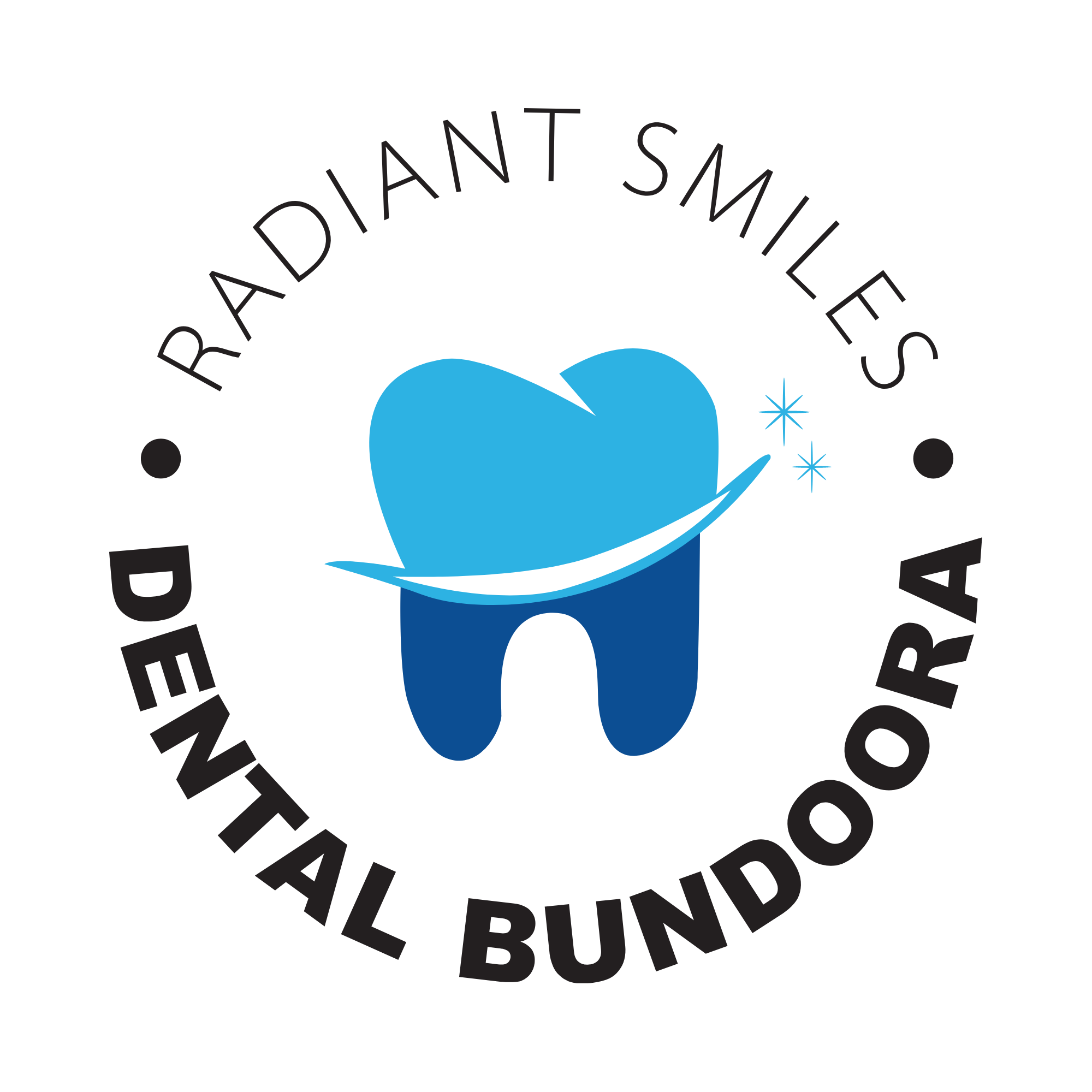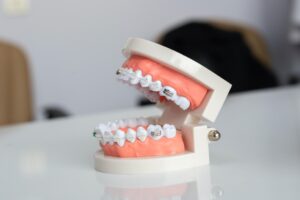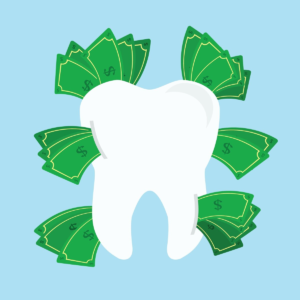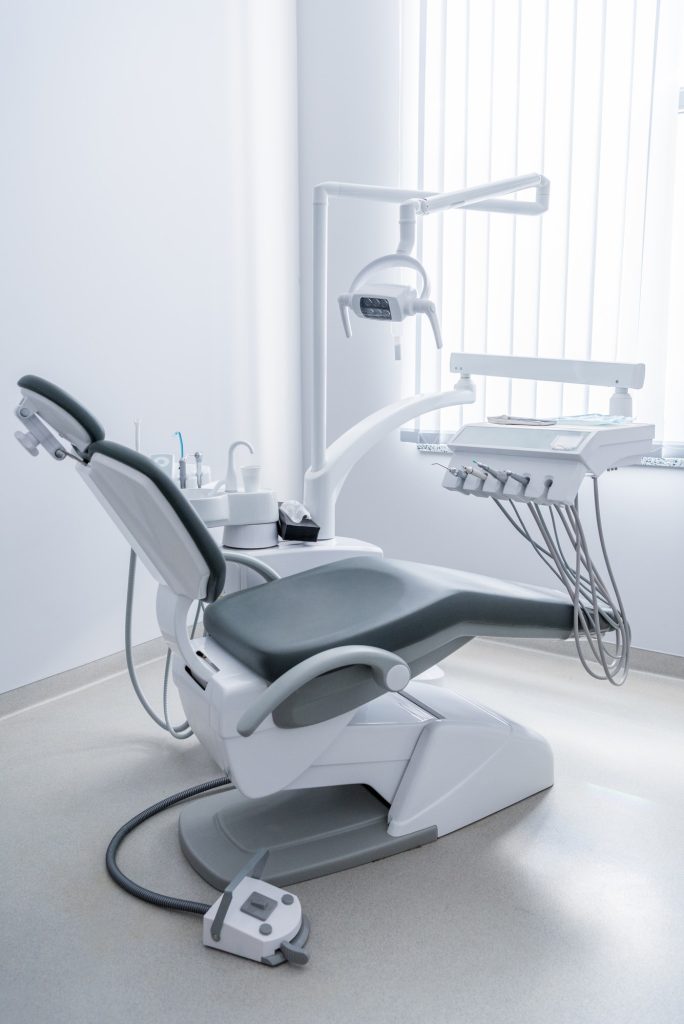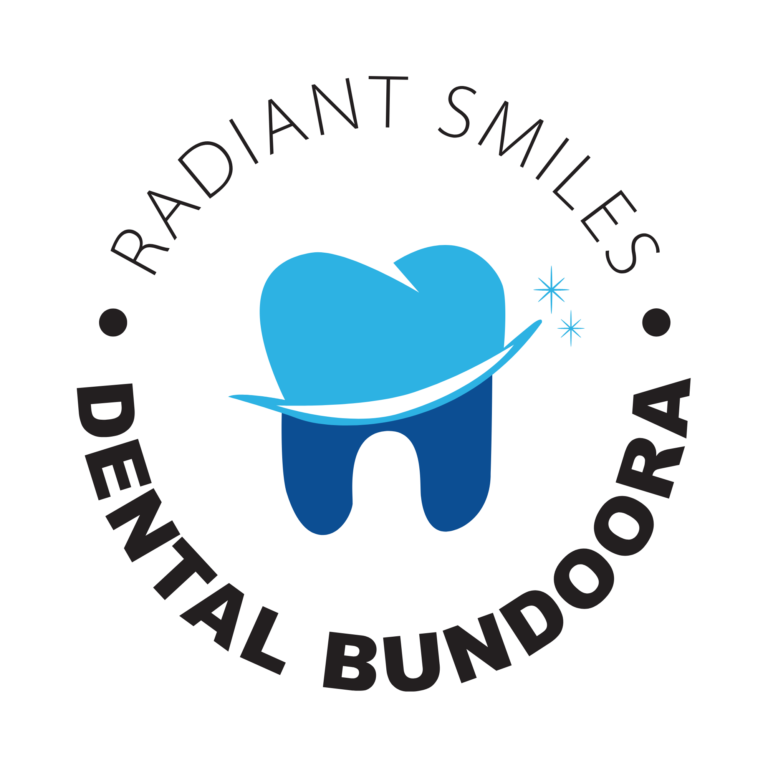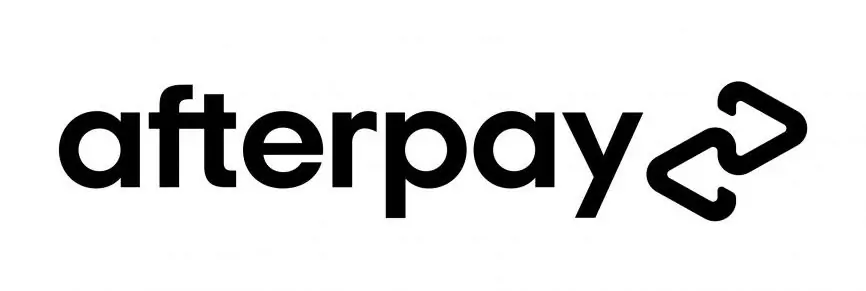[et_pb_section fb_built=”1″ _builder_version=”4.17.4″ _module_preset=”default” global_colors_info=”{}”][et_pb_row _builder_version=”4.17.4″ _module_preset=”default” global_colors_info=”{}”][et_pb_column type=”4_4″ _builder_version=”4.17.4″ _module_preset=”default” global_colors_info=”{}”][et_pb_text _builder_version=”4.17.4″ _module_preset=”default” global_colors_info=”{}”]
Suffering from broken teeth is a relatively common problem in Australia, with the average Australian missing almost 5 teeth. Broken teeth should be considered a dental emergency, especially if you experience significant discomfort. If you have broken a tooth, it is important to receive immediate broken tooth repair from an emergency dentist. Swift treatment can save your tooth and prevent severe complications.
Causes of a Broken Tooth
Despite teeth being the hardest part of the human body, teeth can break in various ways. Certain dental conditions can weaken teeth and make them more prone to breakage, while outside trauma can damage even healthy teeth. Here is a list of the most common ways teeth break:
-
Tooth Decay
Typically, decay-related breaks are a result of untreated cavities. An untreated cavity weakens the tooth’s structural integrity, leading it to crumble or break more easily.
-
Trauma
Teeth can be broken by car accidents, fights, falls, sports injuries, or other hits to the face or mouth. A broken tooth can also occur when biting down hard on cutlery or a pit in fruit.
-
Bruxism
Bruxism is unconscious teeth grinding. This condition wears down the hard enamel layer of the tooth. Enamel loss weakens the tooth, making it more prone to breakage.
When is a Broken Tooth a Dental Emergency?
There are several types of broken teeth, ranging in severity from relatively minor to a dental emergency. Some may require a visit to an emergency dentist to prevent tooth loss or infection.
-
Superficial chip
If not accompanied by pain or bleeding, small chips in a tooth should not be considered a medical emergency; however, they should still be treated as quickly as possible.
While waiting for a dental appointment for a chipped tooth, you can do a few things to prevent it from causing further issues. Rinsing with salt water helps remove bacteria and debris from the area. You can also place sugar-free gum over the chipped area to prevent the chip from cutting the surrounding soft tissue.
-
Cracked tooth
A tooth with a break running vertically from the chewing surface toward the root or gum line is referred to as a cracked tooth. Most cracks require emergency dental treatment. If the crack reaches the root of the tooth, the tooth will likely need to be extracted.
If left untreated, a cracked tooth can become a split tooth, which is a tooth that is separated vertically into two parts. This is a dental emergency, and root canal therapy or tooth extraction may be necessary.
-
Vertical root fracture
This dental injury occurs when a crack forms in the tooth’s root and extends upward towards the chewing surface. Sometimes, a vertical root fracture may not cause the patient any pain or noticeable symptoms – regardless, if detected, this should be considered a dental emergency.
Untreated vertical root fractures can eventually lead to inflammation, pain, infection, and likely extraction.
-
Serious broken tooth
A serious break to the tooth is deep enough to expose the nerves in the tooth. This dental emergency will always require broken tooth treatment from an emergency dentist. A serious break is typically accompanied by severe pain and bleeding from the tooth. A tooth with a serious break can be saved by root canal surgery in certain circumstances, but prompt broken tooth treatment is necessary.
Broken Tooth Repair: Dental Fillings
One of the most common causes of a broken tooth is tooth decay from an untreated cavity. If left untreated, cavities can easily degrade the tooth’s structural integrity and lead to breakage. To avoid this, your dentist may recommend dental fillings to treat a cavity.
During a dental filling procedure, your dentist administers a local anaesthetic to reduce any potential discomfort during the procedure. Once the anaesthetic takes effect, your dentist removes the damaged portions of the tooth using a drill or laser. Then, the dentist cleans the remaining portion of the tooth.
Once cleaned, your dentist applies an adhesive to keep the filling material in place. Then they layer composite resin and harden each layer with a curing light. Finally, the dentist smooths and polishes rough portions of the tooth and checks your bite using articulating paper.
Broken Tooth Repair: Dental Crown
Dental crowns are placed over a broken or cracked tooth to help protect and strengthen it. A dental crown procedure requires several dental visits before the procedure is completed.
During the initial consultation, the dentist will examine the tooth, take X-rays of your mouth, and file the tooth down in preparation for the procedure. Your dentist then makes an impression of your tooth.
The impression is used to fabricate the crown off-site, which can take several days. Your dentist will fit you with a temporary crown to protect your tooth while you wait. At your next visit, the dentist will apply a local anaesthetic, remove the temporary crown, and permanently fit the crown to your tooth.
Broken Tooth Repair: Root Canal
 A root canal may need to be performed to save your tooth in the case of a break, particularly if the pulp is exposed or the nerve is damaged.
A root canal may need to be performed to save your tooth in the case of a break, particularly if the pulp is exposed or the nerve is damaged.
During root canal treatment, your dentist will apply a local anaesthetic to reduce discomfort during the procedure. Then, they drill a small opening in the top of the tooth, exposing the pulp.
The pulp is removed, and the tooth is cleaned, widened, dried, and disinfected. The space will then be filled with a material called gutta-percha. Finally, a temporary filling will be placed to protect the tooth. You will be fitted for a dental crown at your follow-up visit.
Broken Tooth Repair: Dental Implants
In severe circumstances, a broken tooth requires extraction. If your tooth needs to be removed, your dentist may recommend filling the gap with a dental implant.
During a dental implant procedure, your dentist drills into your jaw and places a titanium rod to act as the new tooth root. You’ll need to recover for three to six months to allow the implant post to osseointegrate (fuse) with your jawbone.
Your dentist places an abutment (connector) to the implant at a second appointment. After the gums have healed from the abutment placement surgery, your dentist attaches a crown to restore functionality to the tooth.
Repair Your Smile With Radiant Smiles Dental Group
Radiant Smiles Dental Group provides excellent emergency dental services and broken tooth repair. If you have a broken tooth, it is often a dental emergency and should be treated by an emergency dentist at Radiant Smiles Dental Group immediately to improve the chances of saving the tooth. Call (03) 9000 0537 to book an appointment to repair your smile.
Note: Any surgical or invasive procedure carries risks. Before proceeding, you should seek a second opinion from an appropriately qualified health practitioner.
References
How many teeth do you have? How many will you keep for life?
https://www.ada.org.au/News-Media/News-and-Release/Media-Releases/How-many-teeth-do-you-have-How-many-will-you-keep
Dental Implant Surgery Procedure
https://dentistry.com/topics/dental-implants/dental-implant-surgery-procedure/
Cracked Tooth Repair: Treatment and Costs
https://www.smile.com.au/dental-treatments/cracked-tooth-repair
Dental Trauma
https://www.teeth.org.au/dental-trauma
[/et_pb_text][/et_pb_column][/et_pb_row][/et_pb_section]
 Now
Now